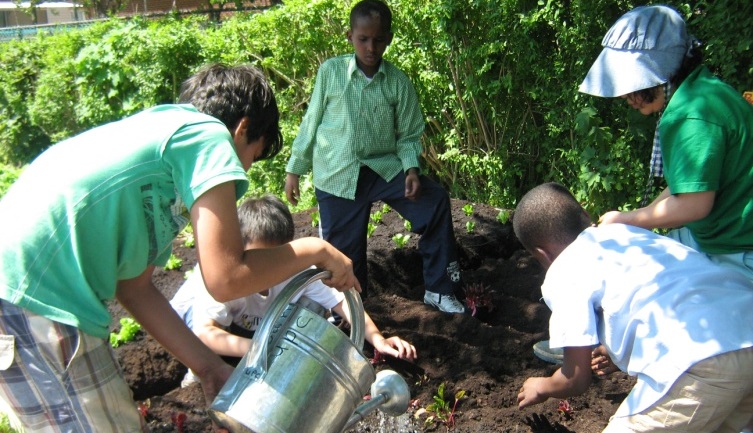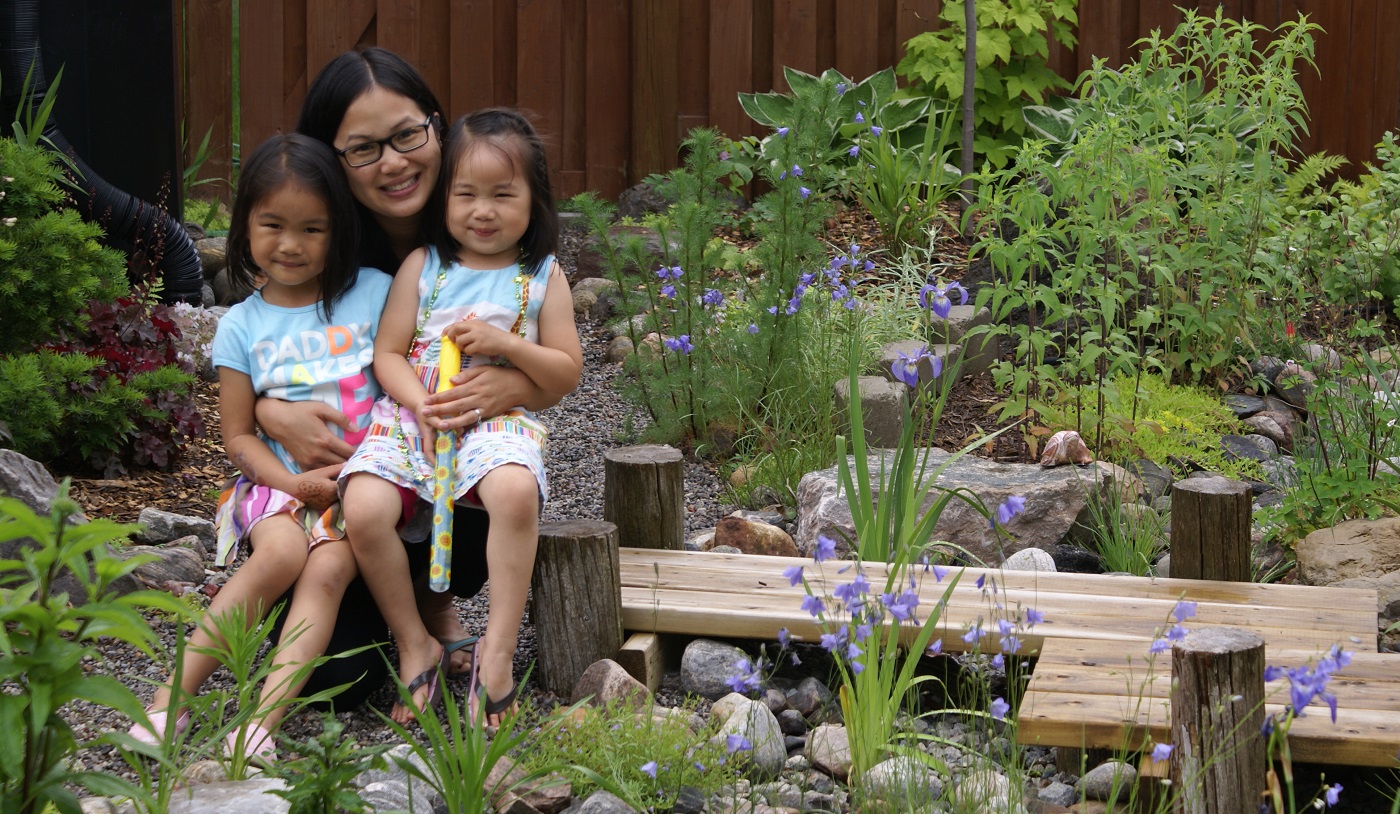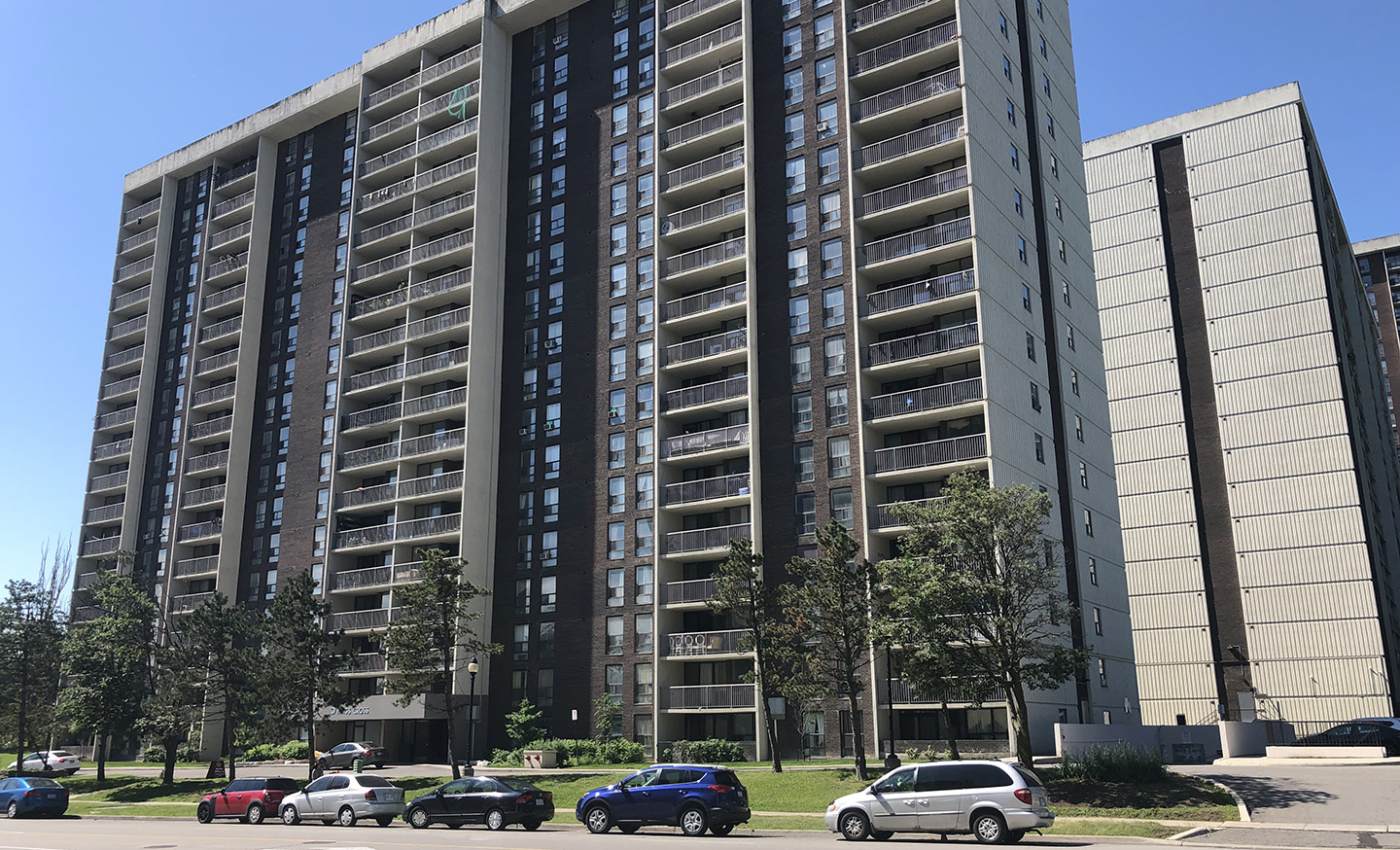SNAP takes a collaborative, holistic approach to the challenge of revitalizing older urban neighbourhoods.

Numerous plans and strategies call for retrofit actions in older urban areas, yet a complex network of challenges and competing interests impede implementation progress. It is often difficult to make a strong business case for action when only measuring its outcomes according to one metric.
SNAP provides efficiencies in program delivery. SNAPs identify integrated design concepts for roads, parks and stormwater management facilities that can address the diverse needs of many municipal departments and community interests. This can provide a basis for cost-sharing and greater community support.
By being open to adapting program delivery, SNAP is able to engage residents and tenants on the basis of their top interests. This has proven to be effective in increasing community participation in action. LEARN MORE.
Typical SNAP neighbourhood actions address common environmental goals for energy conservation, urban forest enhancement, water conservation, improved stormwater management and local food production.

From these environmental actions, SNAP has contributed the following co-benefits:
- Saving residents and businesses money by reducing their gas and electricity consumption.
- Employment opportunities, including social enterprise opportunities.
- Producing a portion of the community’s vegetable needs locally by creating vegetable gardens on underutilized lands, thereby saving money on grocery bills.
Environmental co-benefits:
- Retaining a portion of stormwater runoff and removing total suspended solids annually in the single family residential, commercial and institutional properties.
- Expanding the overall tree canopy cover of the area, expanding the natural heritage and providing carbon storage over the life of the forest.
- Enhancing the urban ecosystem by removing air pollution.

Health co-benefits:
- Reducing the risk of basement flooding in single family homes.
- Improving health as a result of active living, urban farming and open space revitalization.
- Improving health related to urban forest enhancement.
- Mental Health benefits as a result of gardening and contact with nature.
- Improving health as a result of consuming fresh and nutritious organic produce.

Social co-benefits:
- Job skills training for local residents.
- Connecting new residents (e.g. newcomers to Canada) with longtime residents, fostering intergenerational and intercultural engagement; connecting tenant communities with neighbours, home residents, thereby overcoming historical tensions.
- Reducing crime.
- Improving the natural amenity value of public space.

Growing Healthy Towers Initiative
With funding from Public Health Agency of Canada’s Promoting Health Equity: Intersectoral Action on Social Determinants of Health Program, Toronto and Region Conservation Authority (TRCA) is leading Growing Healthy Towers: Transformative Partnerships for a Healthy Built Environment.

The goal of the Growing Healthy Towers initiative is to collectively address built environments in low-income tower communities in Knightsbridge, Bramalea and Rexdale, Toronto, where community health and built environment priorities intersect.
Dutch Research Supports SNAP Approach
Professor Anke van Hal, Chair of Sustainable Building in the Centre for Entrepreneurship and Stewardship at Nyenrode Business Universiteit in The Netherlands, has championed the “Merger of Interests” perspective for over a decade, and is a frequent collaborator with TRCA’s SNAP Program. Here are samples of her work:
- The Merger of Interests: Enhancing the chance of successful innovations that deliver more integral quality and creating the driving forces to realize the solutions.
READ NOW. - The Third Success Factor: Broadening the scope and using the knowledge of human sciences for more successful home energy efficiency programs.
READ NOW.
